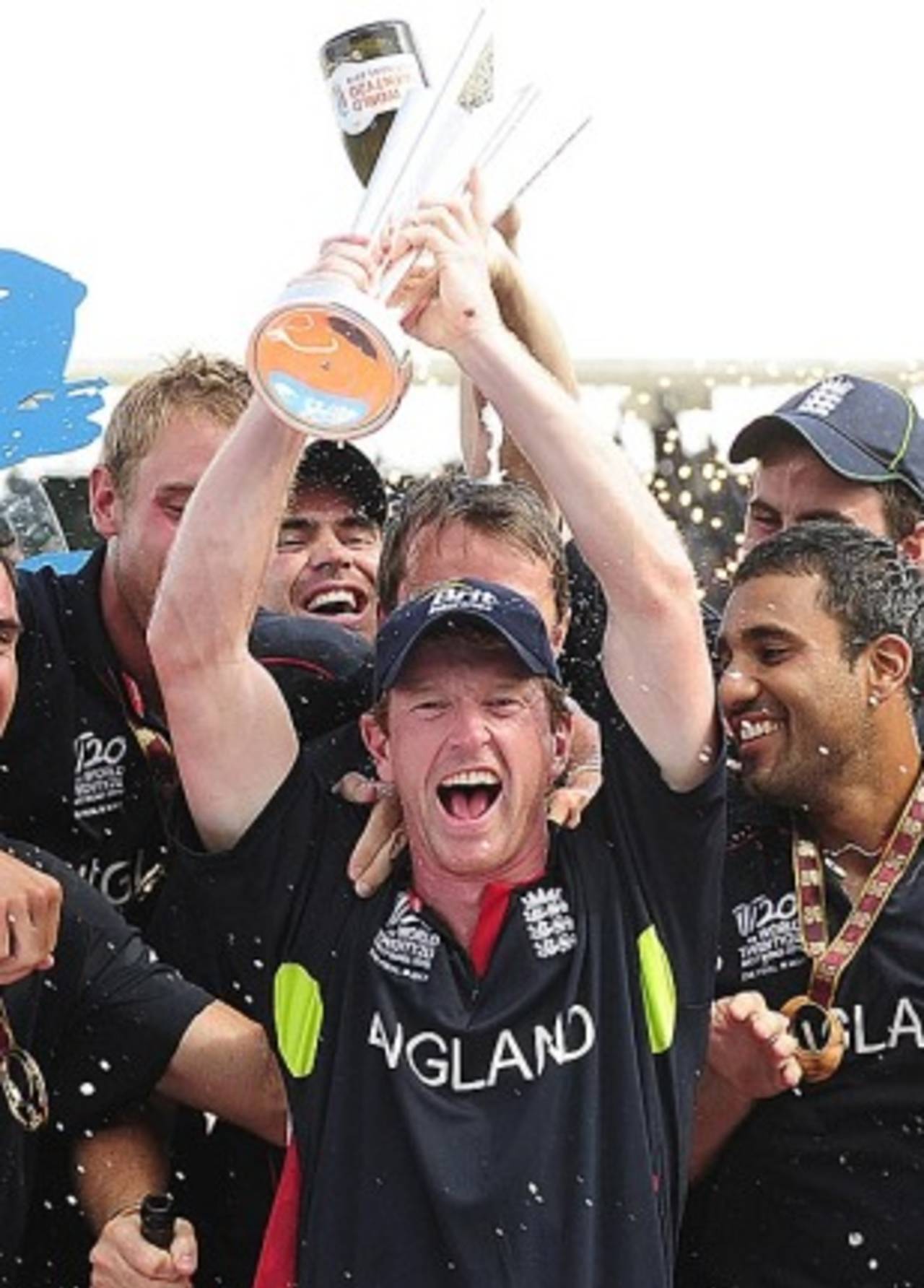There has long been a notion that the ECB is overstaffed, that it carries out too many surveys and conducts altogether too many polls. At times it is singularly hard to disagree. Yet the governing body of English cricket will forever be in credit for the laborious if costly research it carried out to bring us the monster that is Twenty20 cricket, even if this is threatening to engulf Test cricket itself.
A concept for pub and league cricket is now played the world over, often in front of full houses. Even at Lord's, the cradle of tradition, MCC is having to rethink its huge redevelopment "Vision" to consider how full an expanded ground will become through staging Twenty20 fixtures. More full, on more days, than for the traditional game is the answer. And those spectators need to be accommodated to the extent of being served fast food and drink in their seats, American baseball style. Whatever would Gubby Allen, who in the early 1970s had not heard of the term "marketing", make of it all?
So let us consider the critics and whether their views still stack up. When Twenty20 was first played by the English counties in 2003, that great sage, John Woodcock of The Times, declared that it would be "as substantial as a game of noughts and crosses on the beach". To some extent, this is true. Few can remember the results in the way they can a Test series. Little remains in the mind's eye of an innings of, say, 25 from 10 balls. The tide of life washes away such detail.
John Emburey, then the Middlesex coach, was so concerned about the effect Twenty20 would have on the techniques of his young batsmen that he seriously considered fielding a batting line-up of club cricketers who otherwise would never play at this level. If they swiped across the line, so be it: they had other careers to pursue. His was a valid argument at the time, but the reality has been that the most correct players, the Mark Ramprakashs, have been unaffected. The best emerging cricketers, Emburey's main concern, appear to have taken their game to another level. Take the Somerset duo of James Hildreth and Jos Buttler, for example.
The most striking observation, perhaps, was put by Andrew Hignell, the learned Glamorgan scorer. "It is an indictment of our society," he said. In other words, young people (and some old ones) desire the instant gratification of the ball flying over the boundary rather than studying the immaculate Boycottesque defence of the craftsman. Ah, Messrs Craft and Guile. Twenty20 is, of course, the very game for the modern, fidgety, fast-evolving society in which concentration levels are miniscule.
The ECB, and in particular Stuart Robertson and John Carr, spotted this. The stroke of luck it had that first season of 2003 was in the fine mid-summer weather. A long, sunlit evening at Hove, plenty of action on the pitch, a pint or two in the deckchairs after work, some music, a spot of face-painting and a burger for the kids, a positive result and home in good time. What could be better? It was a simple formula - or so it seemed.
In fact, a great deal of expense went into ensuring this was correct. "The research was so strong," said Robertson, who has moved on to developing "Cage Cricket" this summer. "The game would not last so long and people could come after work. Looking back, I am not surprised but I wouldn't have forecast the success of Twenty20 around the world. The pace in India with the IPL has been a surprise. But I am chuffed to bits."
As the years went by and the game grew in an exponential way - one or two international matches, such as when England defeated Australia in 2005 - a prognostication that the Ashes series might not follow the established path, even stuck in the memory - there was an obvious concern of overkill. But then so was there in 40- and 50-over cricket. "We can see what is happening in all cricket and I believe the amount of T20 should now be reduced," said Robertson.
"I hear what the likes of Essex and Somerset are saying, that they can fill their grounds each home match. But the bigger picture is that we want consistently full grounds for internationals as well as in county cricket and I believe T20 should be reduced. Ten10? I don't see it happening. Maybe there could be two innings a side but there are so many pauses in cricket compared to football and rugby that spectators need a three-hour contest to provide value for money."
This is the seventh article in a series on cricket's innovations, sponsored by SAAB. Next week, the changing shape and power of cricket bats
